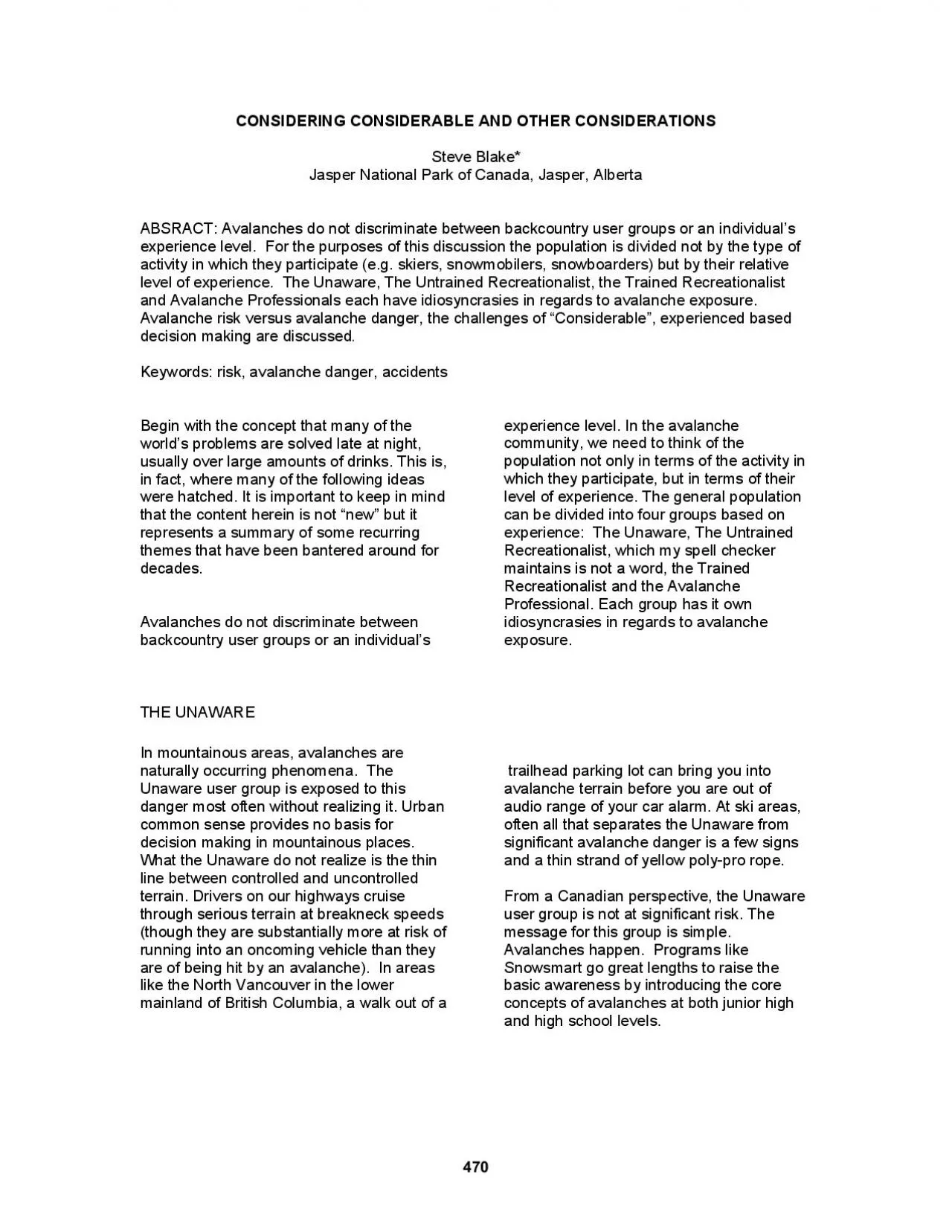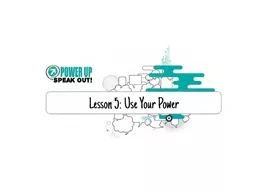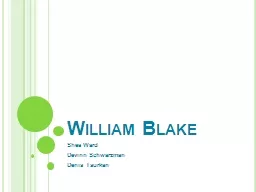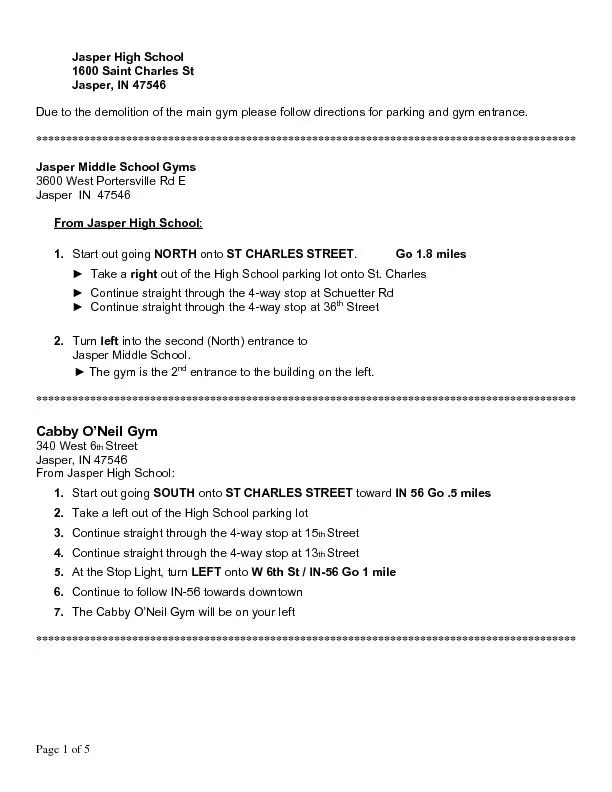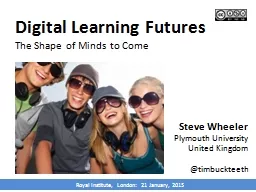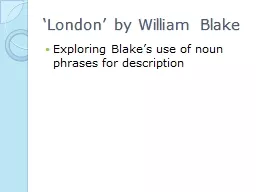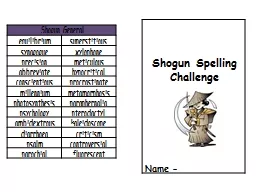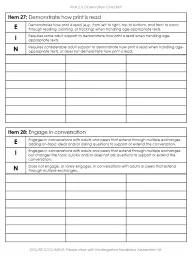PDF-CONSIDERING CONSIDERABLE AND OTHER CONSIDERATIONS Steve Blake Jasper N
Author : emery | Published Date : 2021-10-03
THE UNTRAINED RECREATIONALIST Differing from the Unaware the untrained have specific intent to go into the mountains and seek out steep slopes in the pursuit of
Presentation Embed Code
Download Presentation
Download Presentation The PPT/PDF document "CONSIDERING CONSIDERABLE AND OTHER CONSI..." is the property of its rightful owner. Permission is granted to download and print the materials on this website for personal, non-commercial use only, and to display it on your personal computer provided you do not modify the materials and that you retain all copyright notices contained in the materials. By downloading content from our website, you accept the terms of this agreement.
CONSIDERING CONSIDERABLE AND OTHER CONSIDERATIONS Steve Blake Jasper N: Transcript
Download Rules Of Document
"CONSIDERING CONSIDERABLE AND OTHER CONSIDERATIONS Steve Blake Jasper N"The content belongs to its owner. You may download and print it for personal use, without modification, and keep all copyright notices. By downloading, you agree to these terms.
Related Documents

